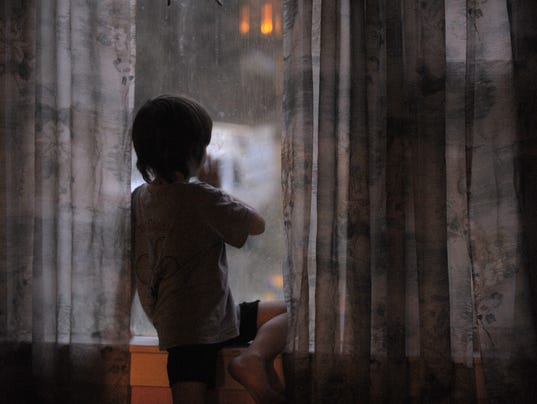ThinkwingRadio: Feb. 26, 2014, 10-11PM, KPFT-FM 90.1 (Houston). TOPIC: Why Does School Start So D*** Early, and Should it?
SHOW AUDIO: Link is usually posted within about 72 hours of show broadcast.
For the purposes of this show, I operate on two mottoes:
- You’re entitled to your own opinion, but not your own facts;
- An educated electorate is a prerequisite for a democracy.
Thinkwing Radio with Mike Honig is usually a call-in show. Whether you’re listening live on the radio or on the internet from anywhere in the world, you can call in at 713-526-5738. (Long distance charges may apply.)
GUESTS: (Fuller bios can be seen at SOURCES, below the break)
- Terra Ziporyn Snider (PhD), Executive Director, Co-Founder ofStartSchoolLater
- Dr. Joshua Rotenberg, MD, is a pediatric neurologist, sleep specialist and epileptologist in Houston, TX.
TOPIC: Why Does School Start So Damn Early, and Should it?
NOTE: This post is subject to update before and after the show.
______________________________________________________________________
Some of the links used for this show are BELOW the break:
SOURCES (Below the break):
- Terra Ziporyn Snider, PhD, Executive Director, Co-Founder (with other staff):http://www.startschoollater.net/executive-staff.html
- Joshua Rotenberg, MD (Professional Profile), Extended bio at bottom:http://www.txmss.com/physicians/joshua-rotenberg-md/
- Texas Medical & Sleep Specialists: txmss.com
- The Impact of Early School Start Times On Teens (Slide Show):http://www.slideshare.net/DebbieOMoore/sleep-presentation-27891997?utm_source=slideshow03&utm_medium=ssemail&utm_campaign=share_slideshow#btnNext
- StartSchoolLater.net: http://www.startschoollater.net/
- Welcome to Start School Later Arlington, TX!: http://www.startschoollater.net/tx—arlington.html
- Academy Diagnostics Sleep Center: http://academydxsleep.com/home/
- EXTENDED BIO: Dr. Joshua Rotenberg is a pediatric neurologist, sleep specialist and epileptologist in Houston, TX. He is a founding member of Texas Medical & Sleep Specialists and the Medical Director of Academy Diagnostics Sleep & EEG Center. In his sleep practice, Dr Rotenberg sees children and adults with: a) primary sleep disorders and b) Neurologic illnesses (e.g. cerebral palsy) that are complicated by sleep disorders. Within neurology Dr. Rotenberg has a functional and restorative emphasis on neurologic problems such as epilepsy, headache , autism and cerebral palsy. Academy Diagnostics is one of 2 pediatric sleep centers in Houston with the gold-standard accreditation by the American Academy of Sleep medicine





